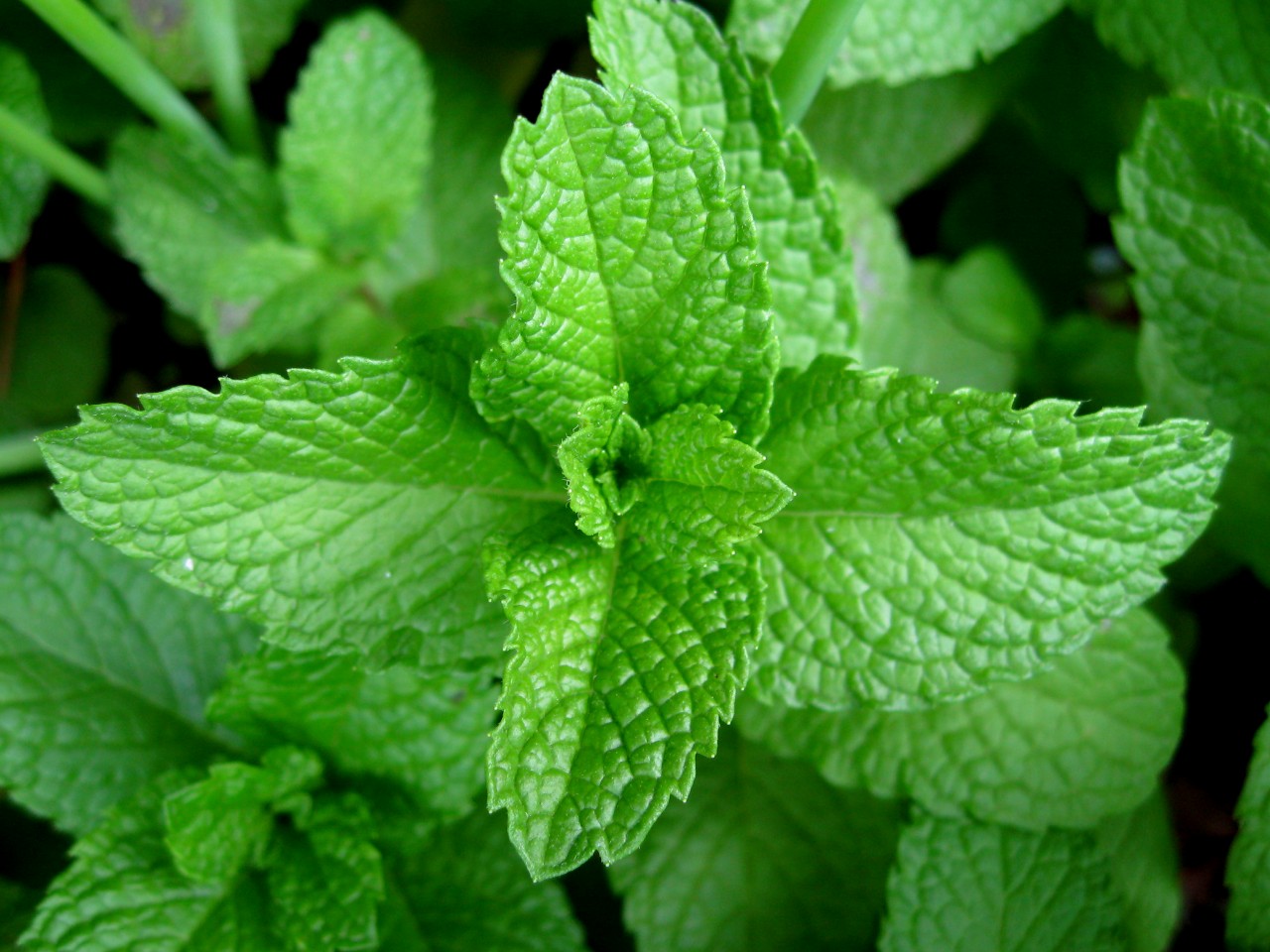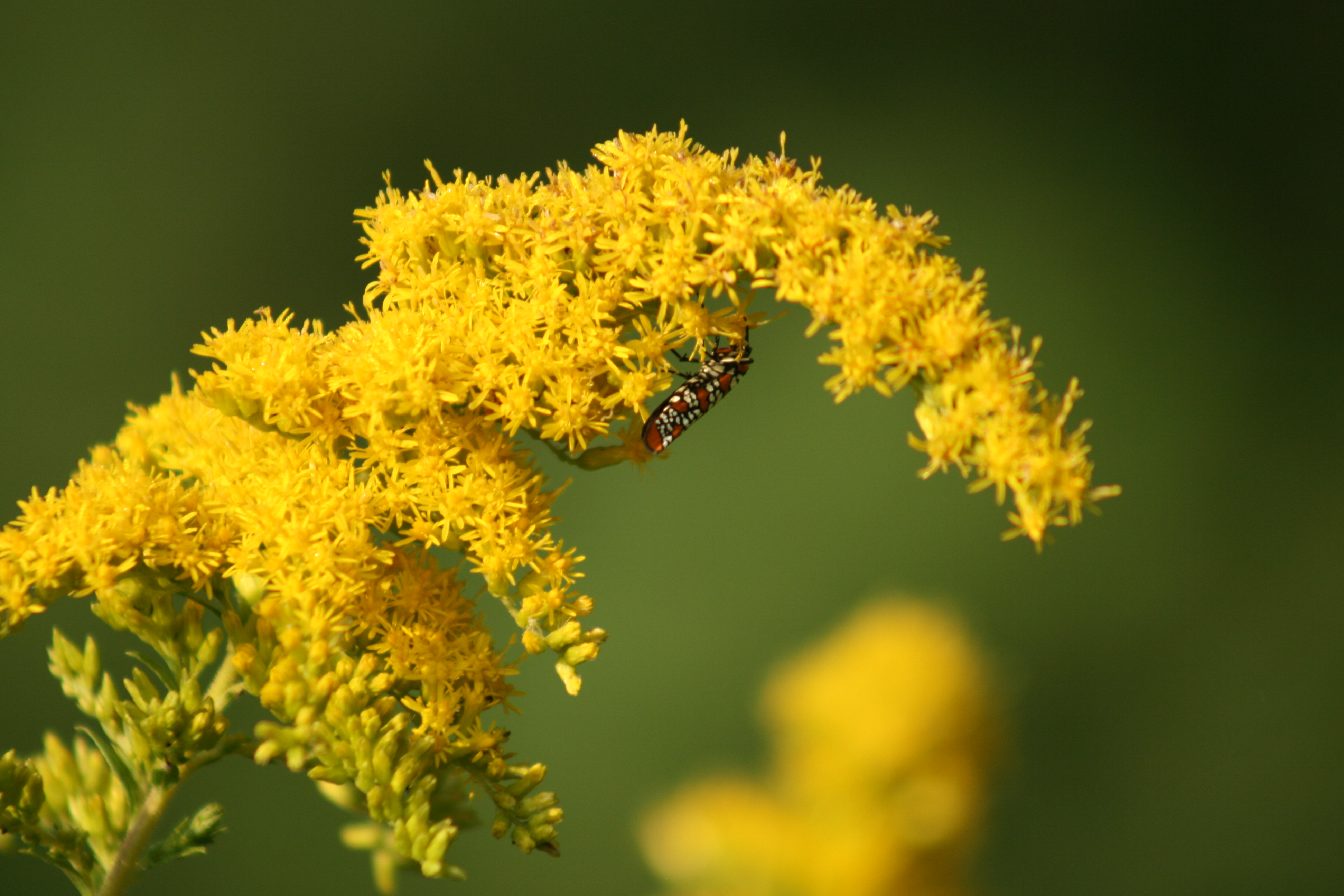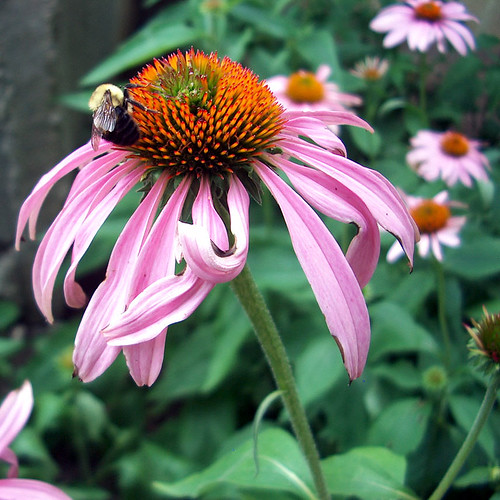With ever increasing food prices, the often more expensive organic produce is not an option for folks to go "all organic". Here are some tips in getting the most for your money.
1 Why are you wanting to eat organic? Worried about pesticides? Wanting higher nutritional value,(
documented here)? Wanting to support local sustainable agriculture? Concerned about your impact on the planet? Determine what is important to you and make your purchases to reflect you values instead the mindset of "it is organic so I want to buy it".
2 When you are in the produce section trying to decide whether the extra 10-30% is worth it, consider the fruit or vegetable. If pesticides are the concern the extra price is worth it for thin skinned blueberries, tomatoes, greens etc. The chemicals are sprayed and can remain on the skin, so a fruit like a banana or orange that you peal the skin is less worth the extra investment of buying organic when you are on a budget.
3 Shop at a local farmers market. Many times the organic prices can be less or very competitive with conventionally grown at supermarket. Most importantly you can talk to the farmer. Many times farmers don't get certified as organic because they don't believe it goes far enough for their philosophy of what agriculture should be. Also the produce may just be pesticide free which is your biggest concern. And most importantly for the budget minded, you are often talking to the boss; haggle. Ask for a quantity discount if you eat a lot of something, see something in great abundance at their stand, maybe they will be more willing to off load it at a better price. The worst that they can say is no, but remember they often deal with tight margins so offering half price may not get their consideration (maybe a scowl) when 10-20% will get their attention.
4 How long does it take to get to your store. Over time fruits and vegetables lose their nutritional value over time, and the clock starts ticking when it is picked. An organic apple that spent a month or more travelling from another hemisphere may not be the best value if you buy a freshly picked apple at a farmers market and know something about how it is grown.
5 Grow your own. Not every one has the space for a kitchen garden but even a balcony can give you enough room for a pot or two to grow tomatoes, greens or herbs. Tomatoes are a great value especially the sweet cherry tomatoes that just don't taste the same from the store. Herbs can get very expensive to the budget minded but often can be grown easily even as a companion plant in the tomato plant in the same planter. Evaluate what herbs you use, what herbs cost the most that you use, and what can be dried for later. A few square feet may not yield 100's of lbs but could save you $100 over the course of a year.
6 Buy in season, prices go down when local produce is in season. Look to freezing, canning and other methods of preservation if you buy in bulk. You may lose some of the nutritional value but more on preserving can be found
here.
7 On packaged organic goods are becoming more common at warehouse clubs and at restaurant supply places. You may find organic pasta, cooking oils, flour , sugar etc. They all can be purchased in bulk because the keep well.
8 A CSA (community supported agriculture) works by purchasing a share of a farmers bounty at the beginning of the season. They often cost sever hundred dollars for weekly baskets of fresh locally harvested produce many times 4-5 months worth. If you like your veggies and like to find new ways to prepare them this option is for you. You don't always get the largest variety produce but the shares are usually more than ample and beat supermarket and farmers market prices. You can find a CSA in your area
here.
Feel free to comment with your ideas to save money while supporting sustainable agriculture.


























